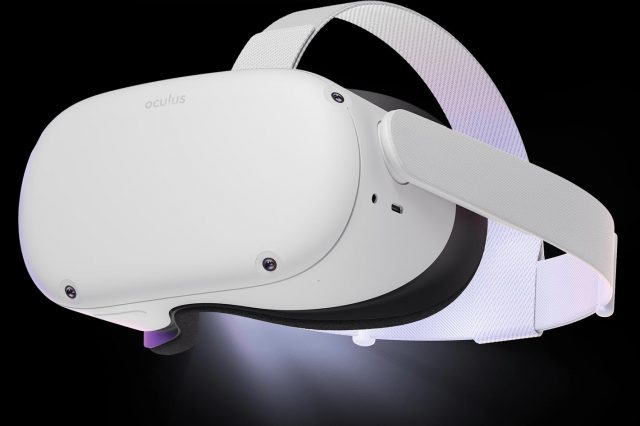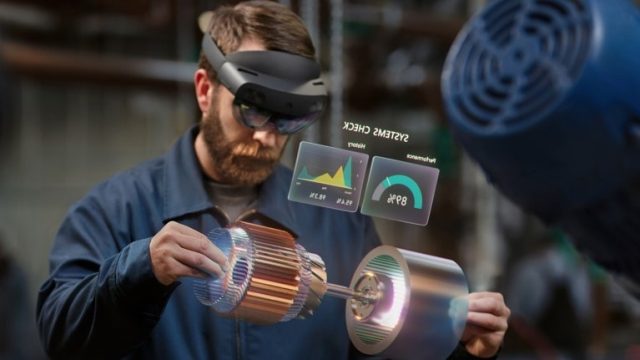Best AR/VR/MR devices:
| VR | AR | MR |
| – Oculus Quest 2 – Sony Playstation – HTC Vive | – Google Glass Enterprise Edition – Vuzix Blade – Epson Moverio BT-300 | – Microsoft Hololens 2 – Magic Leap One – Samsung HMD Odyssey+ |
I believe the table above have one of the best options for AR/VR/MR. With the exception of the pricing of the MR devices listed above, I have chosen the above due to their application support, price and design. MR devices were selected solely based on power and functionalities.
Most preferred device for AR and MR:
AR: Oculus Quest 2

Specifications:
- Panel Type: Single Fast-Switch LCD, 1832×1920px per eye
- Supported Refresh Rate: 72Hz (default), can be configured to 60Hz in some cases
- Default SDK Color Space: Rec.2020 gamut, 2.2 gamma, D65 white point
- CIE 1931 xy color-primary values:
- Red : (0.708, 0.292)
- Green: (0.17, 0.797)
- Blue : (0.131, 0.046)
- White: (0.3127, 0.3290)
- CIE 1931 xy color-primary values:
- USB Connector: 1x USB-C
- Tracking: Inside out, 6DOF
- Audio: Integrated, in-strap
- CPU: Qualcomm® Snapdragon XR2 Platform
- CPU Notes: Developers have access to 3 gold cores
- Memory: 6GB total
- Lens Distance: Adjustable – 3 preset IPD adjustments
The reason why I believe the Oculus Quest 2 is the best AR device is because it is able to do VR applications as well.
It is cheap (~$431) and is becoming more and more affordable for all users as compared to other devices that could go above 500$. The Osculus Quest 2 also does not need a powerful computer or GPU to support.
Although the specifications is not as superior as the Microsoft Hololens 2, for its price and wide range of supported applications, the Oculus Quest 2 would still be my preferred device. I am also looking forward to purchasing an Oculus Quest 2 soon.
MR: Microsoft Hololens 2

Specifications:
- 52 degrees of freedom (Edition 1 had 34); 47 pixel per degree or 2048 x 1080 pixels per eye.
- Transparent lenses, HD 8 MP camera, numerous sensors to track user position from all sides, and a microphone for voice inputs.
- Current updated HoloLens 2 has two 2K 120 Hz (refresh rate) display that projects to overlay 3D color 3D images over natural spaces so the user sees mixed reality and can interact with virtual 3D models and holographs.
- Eye and hand movement tracking to place mixed reality content appropriately and allow proper interaction by the user.
- Popular for enterprises in remote training, remote collaboration, logistics, assembly lines, etc.
- HoloLens 2 used for developing mixed reality apps with Unity and Azure for free trials.
- Remote assist option allows for data sharing and collaboration.
- 4GB RAM, Storage 64 GB. Weighs 20 OZ.
- CPU: Custom-built Microsoft Holographic Processing Unit (HPU Generation 2); Qualcomm Snapdragon 850.
I personally have not tried on the Microsoft Hololens 2. However, based on the videos online and reviews by participants, it seems to have a pretty quick response rate and great audio and viewing angles.
As much as there is a reality trade off as portrayed in the uncanny valley diagram, I believe that the stronger and more powerful the device, the greater the immersion and presence the device is able to take on.
Unlike magic leap 1, which looks like goggles, I would prefer a cleaner design with higher specifications. Although it might be pricey, but with the power and potential it has, I believe it is the best MR device.
